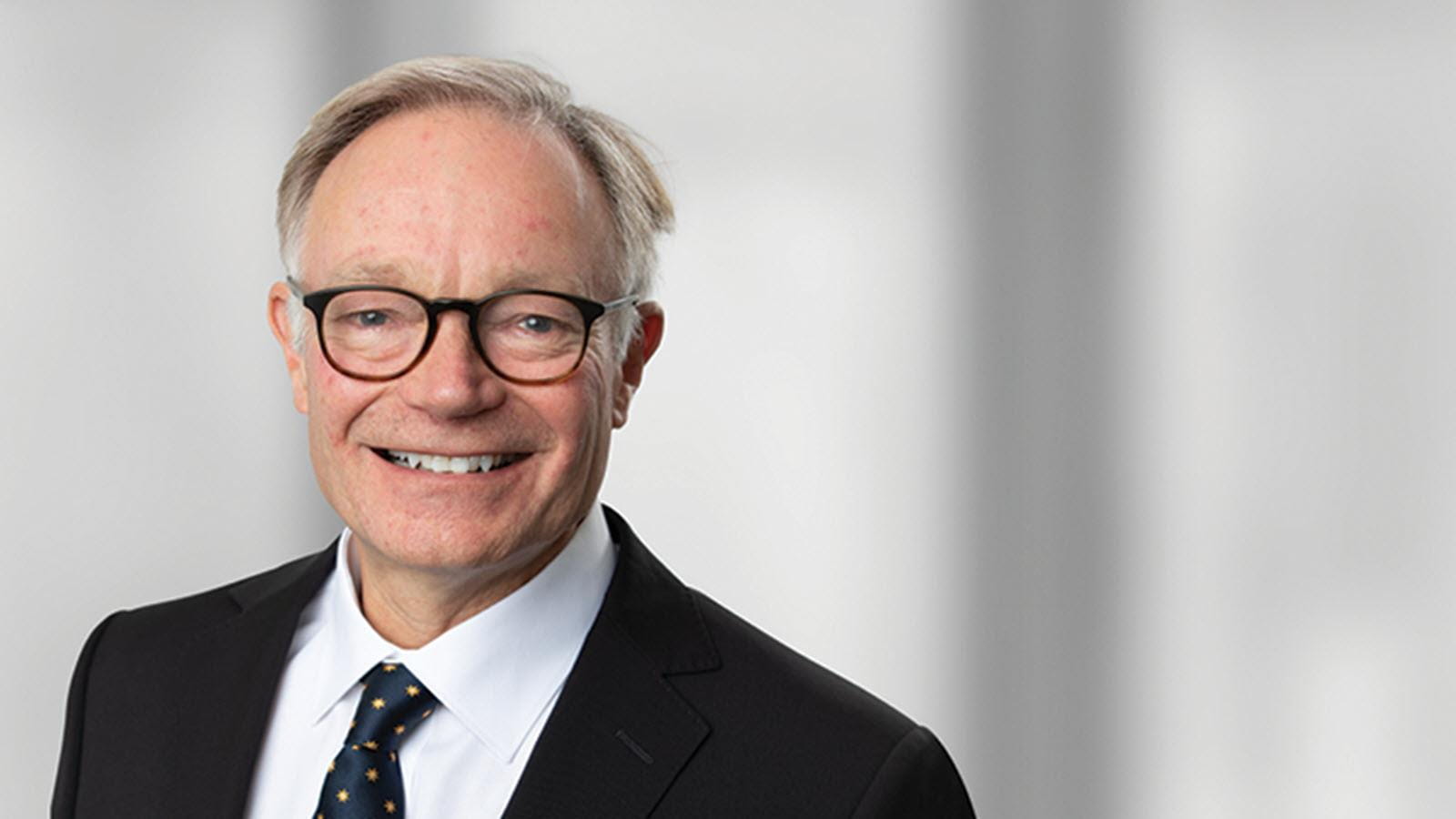They say you can find inspiration in the most unlikely of places. For Professor Andrew Cuthbertson, that place was specific: at the end of a wave he’d bodysurfed at Lorne on Victoria’s Surf Coast. He popped up from the churning foam to see his good friend and mentor.
“Why don’t you do a PhD?” Professor Doug Costa asked.
Cuthbertson took his advice and so set the course of a remarkable career both in Australia and around the world. He dove into translating research discoveries into new medicines for patients and would eventually receive distinguished awards, including the Order of Australia and the Gottschalk Medal from the Australian Academy of Science. His notable contributions to CSL included serving as Chief Scientific Officer and guiding some of the company’s most significant R&D decisions before he became Senior Advisor to the CEO a few years ago.
In thanking Andrew for his service to CSL, CEO Paul Perreault said “I have always admired Andrew as a truly wonderful human being who cares not just about the important work, but the people that he encounters. I have personally enjoyed and will continue to enjoy our discussions, our challenges and our friendship.”
Under Andrew’s leadership, CSL’s R&D function globalized and earned a world-class reputation. His approach to scientific investigation led to the successful development of improved therapies for patients with bleeding disorders, immune deficiencies and inflammatory diseases. Cuthbertson also played a critical role in a collaboration to launch the world’s first human papillomavirus (HPV) vaccine with Professor Ian Frazer at the University of Queensland and pharma giant Merck. Millions have received the HPV vaccine, which dramatically reduces the number of women who get cervical cancer, according to a large study.
Back into jeans and back into research
But back on the beach in Lorne, Cuthbertson says he wasn’t expecting such achievements, he was just following his interests.
“I was studying to become an eye surgeon which was considered a well-defined path. All of sudden I stopped being a doctor in the hospital, got back into jeans and a T-shirt, and into the research,” he said. “This wasn’t the path people took back then. Many people, including my parents, thought I was mad. But I just found I enjoyed research so much. I really loved it.”
Spotting potential from Silicon Valley
Soon enough, Cuthbertson’s interests landed him at the National Institutes of Health (NIH) in Washington, D.C. But in the 1980s, something caught his eye: consecutive articles published in Nature from a company in San Francisco.
“Getting a single article in Nature was hard enough, but here were three articles back-to-back from this company called Genentech where they’d cloned, sequenced, expressed and purified recombinant human factor VIII for treating Hemophilia A patients,” Cuthbertson said. “It was just amazing that anyone could do that.”
After a bit of old-fashioned networking, Andrew and his wife, Christobel Botten, landed in San Francisco and he began a “wild time” working at Genentech.
“They were really crazy times. We worked so hard, but it was great fun. I just couldn’t spend my research budget fast enough,” he said.
There Cuthbertson was part of the team that developed the first biotech treatment for age-related macular degeneration, the biggest cause of blindness in the Western world. The product, Cuthbertson said, is one of his proudest associations.
But eventually Australia called him home. An old medical school classmate at the University of Melbourne, Brian McNamee, wanted to know if he was interested in joining a company called CSL. McNamee was new to his role as CEO at the time, leading the privatization of the government-owned Commonwealth Serum Laboratories, and had a bold vision. He wanted to globalize and focus the company through acquisition and innovation.
"Figuring out how we could compete globally"
According to Cuthbertson, McNamee didn’t have to twist his arm. He saw a great opportunity and started with CSL in 1997.
“I could see it instantly – do what I was doing in the U.S., but at home in Australia where there were no companies like it,” he said.
It also presented a challenge. In fact, he cited this as the biggest of his career:
“Figuring out what we were good at and how we could compete globally. It was clear that Australia was far too small a market to develop new medicines for, so we really had to focus on one or two technologies that we could build on.”
CSL zeroed in on vaccines and protein-based medicines derived from plasma. This – along with some big deals – laid the foundation for the CSL of today. Doing new product development from Australia “has been hugely rewarding,” Cuthbertson said.
Another key decision, deciding to invest in the development of a quadrivalent flu vaccine, strengthened the vaccine business and its place in the global market. It also enabled the Novartis flu business acquisition and eventually, the birth of Seqirus.
Looking forward
A career highlight for Professor Cuthbertson has been recruiting and retaining amazing talent at CSL. It’s for this reason that he sees a promising future for CSL R&D. He’ll remain involved as a member of the CSL Board.
“I really see CSL going from strength to strength. I think it will be really important for us to stay humble, stay focused and stay agile,” he said. “Like those early days, we need to play hard to our competitive advantages.”
He’s optimistic about scientific discovery in our current moment and says the response to the COVID-19 pandemic gives scientists much to build upon.
“A fabulous thing has been that the majority of people around the world have put their trust in science. They’ve watched as these safe and effective vaccines have been developed in a remarkably rapid timeframe,” he said.
Students now tell him they want to become epidemiologists and protein chemists.
“Young people want to work in industry to develop new vaccines and medicines,” Cuthbertson said. “This is a wonderful thing for our future.”



